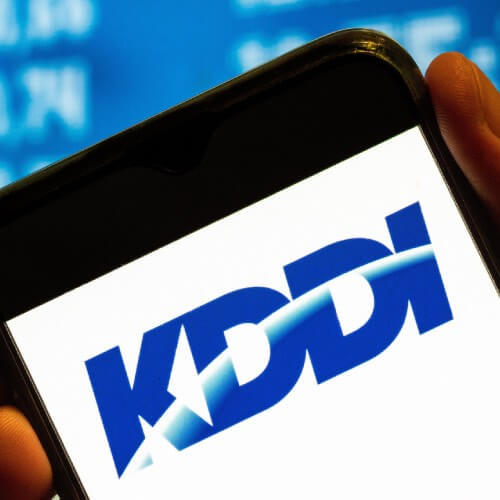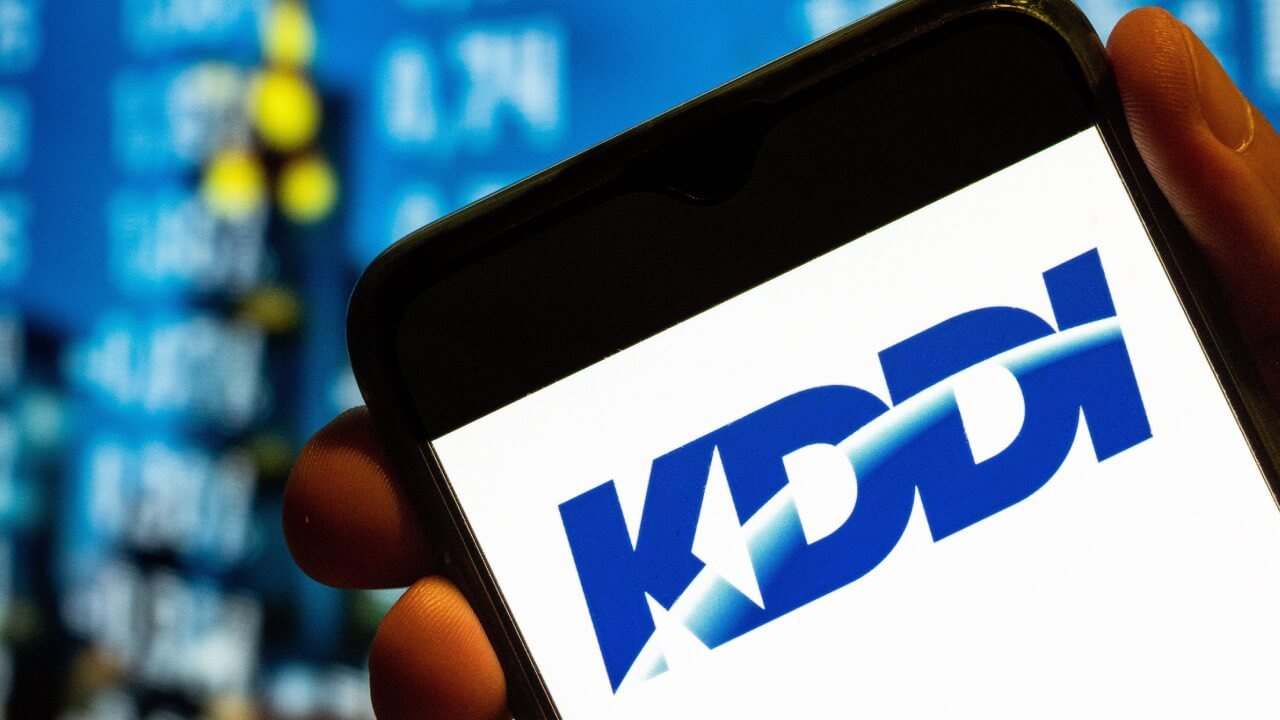KDDI earmarks $339M for network upgrades in response to July outage
Japan's no.2 telco to invest in virtualized 5G core and automation following network failure that took out 31 million services.

KDDI has set aside 50 billion Japanese yen (US$339.4 million) in accelerated network spending in the wake of its disastrous nationwide outage in July.
The network crash, which lasted more than three days, took out 31 million services, making it one of Japan's biggest ever telecom failures, KDDI said in a report to the government.
Despite the scale of the meltdown, the company appears to have got off lightly. It took a JPY5.9 billion ($40 million) hit in the third quarter, mostly from the cost of restoring service and the small refunds made to customers.
Figure 1:  Japan's no.2 telco will invest in virtualized 5G core and automation following a network failure that took out 31 million services.
Japan's no.2 telco will invest in virtualized 5G core and automation following a network failure that took out 31 million services.
(Source: SOPA Images Limited/Alamy Stock Photo)
Skyrocketing energy costs took a much bigger toll, rising by nearly JPY10 billion ($68 million) for the quarter, according to President Makoto Takahashi on an earnings call Wednesday.
Combined, those factors dragged down first half operating profit by 2.5%. Revenue rose 4.4% thanks to stronger performances in its corporate and financial services segments.
The company lost customers following the outage but says subscriber growth had already recovered by September.
ARPU declined quarter-on-quarter to JPY3980 ($27) but Takahashi said KDDI believed it was on track to hit its year-end target of JPY4000 ($27.21).
'Pretty old VoLTE nodes'
He said 60% of the JPY50 billion ($339.4 million) would be spent on building out a virtualized 5G core network to replace the "pretty old VoLTE nodes" that were the cause of the crash.
Takahashi stressed the investment did not add to total capex spend but had been frontloaded.
"We were planning to do this later but [have now decided] to do it in the next three years," he said.
"It's not something we can do this [financial] year or next year. We will somehow manage to do within three years. Naturally the 5G coverage expansion is something we must do but in terms of priorities, we must make the facilities more resilient."
The no. 2 Japanese telco said the investment would also enable automated operations, in particular "fully-automated congestion control that would immediately respond to network failures."
Want to know more? Sign up to get our dedicated newsletters direct to your inbox.
Takahashi said KDDI aimed to maintain its cap on capex to around 12% of sales in the medium-term plan.
KDDI's stock closed 1.1% higher today and is up 28.9% since the start of the year.
Related posts:
— Robert Clark, contributing editor, special to Light Reading
Read more about:
AsiaAbout the Author(s)
You May Also Like




_International_Software_Products.jpeg?width=300&auto=webp&quality=80&disable=upscale)







